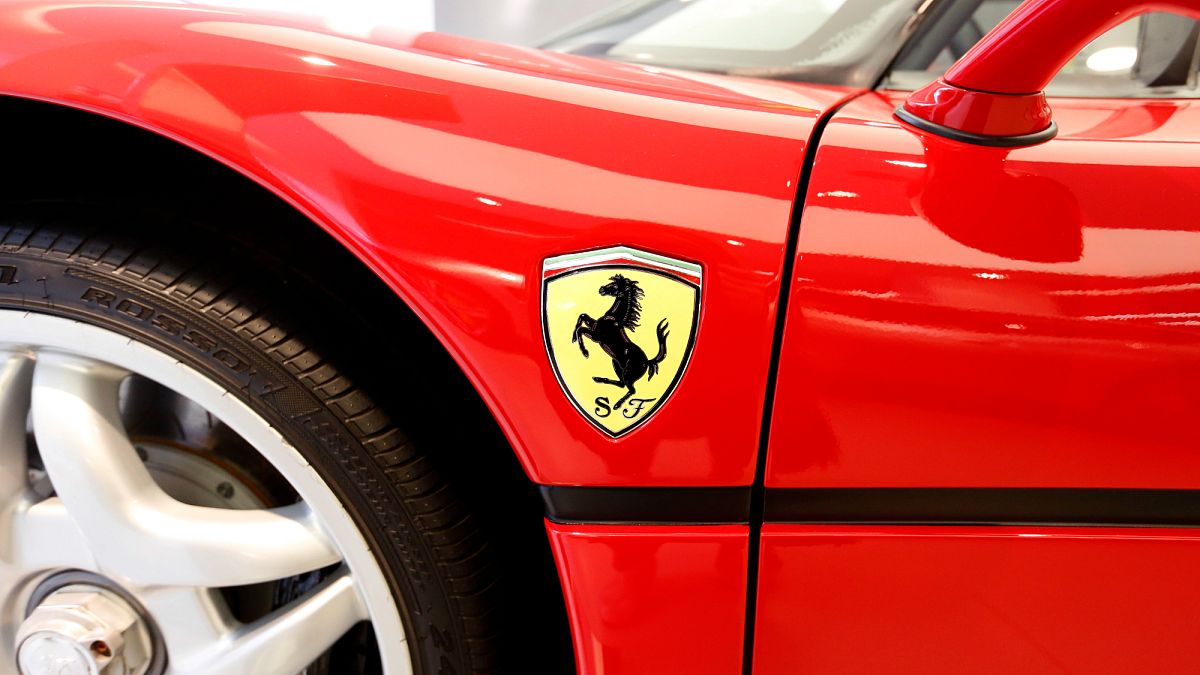Published on
Ferrari still has held on to its rights to the legendary Testarossa trademark, after the EU’s Court of Justice (ECJ) on Wednesday overturned earlier decisions by the EU Intellectual Property Office (EUIPO).
The ruling sets an important precedent for legacy brands, showing that trademarks can remain valid even when tied to vintage or collectable products, so long as the brand stays actively involved in the market.
The ruling delivered today by the ECJ’s General Court reinstates Ferrari’s trademark protection for Testarossa across cars, parts and accessories, and scale model vehicles. The EUIPO had previously attempted to revoke those rights in 2023, arguing the trademark hadn’t been actively used in the EU for at least five consecutive years.
The General Court disagreed, stating that Ferrari had continued to make “genuine use” of the name, even if the original Testarossa hadn’t been in production for decades.
First introduced in 1984, the Testarossa remains one of Ferrari’s most iconic 12-cylinder models. With over 7,000 units built before production ended in 1996, it was one of the more accessible Ferraris of its time.
Its design with wide rear haunches and signature side strakes (affectionately dubbed “cheese graters”) made it a poster car of the 1980s.
The Testarossa became a cultural icon thanks in part to the TV show Miami Vice, where a white model became the ride of choice for detective Sonny Crockett.
While new Testarossas haven’t rolled off the production line in decades, Ferrari has continued to support the model, especially through the resale and authentication of second-hand vehicles via its authorised dealer network.
According to the Court, this activity was enough to qualify as genuine trademark use, even if Ferrari wasn’t manufacturing new cars under the name.
The Court also ruled that the use of the trademark by Ferrari-approved dealers and distributors, even without explicit written consent, counted as authorised use.
This applied not only to the cars themselves but also to associated parts and accessories.
As for the scale model versions, the Court sided with Ferrari once again.
Many miniature Testarossas were sold as Ferrari official licensed products, a label the Court said reflected Ferrari’s implied approval.
That kind of branding reinforced the trademark’s essential role, according to the ECJ, by signalling the commercial origin of the product.
Read the full article here


